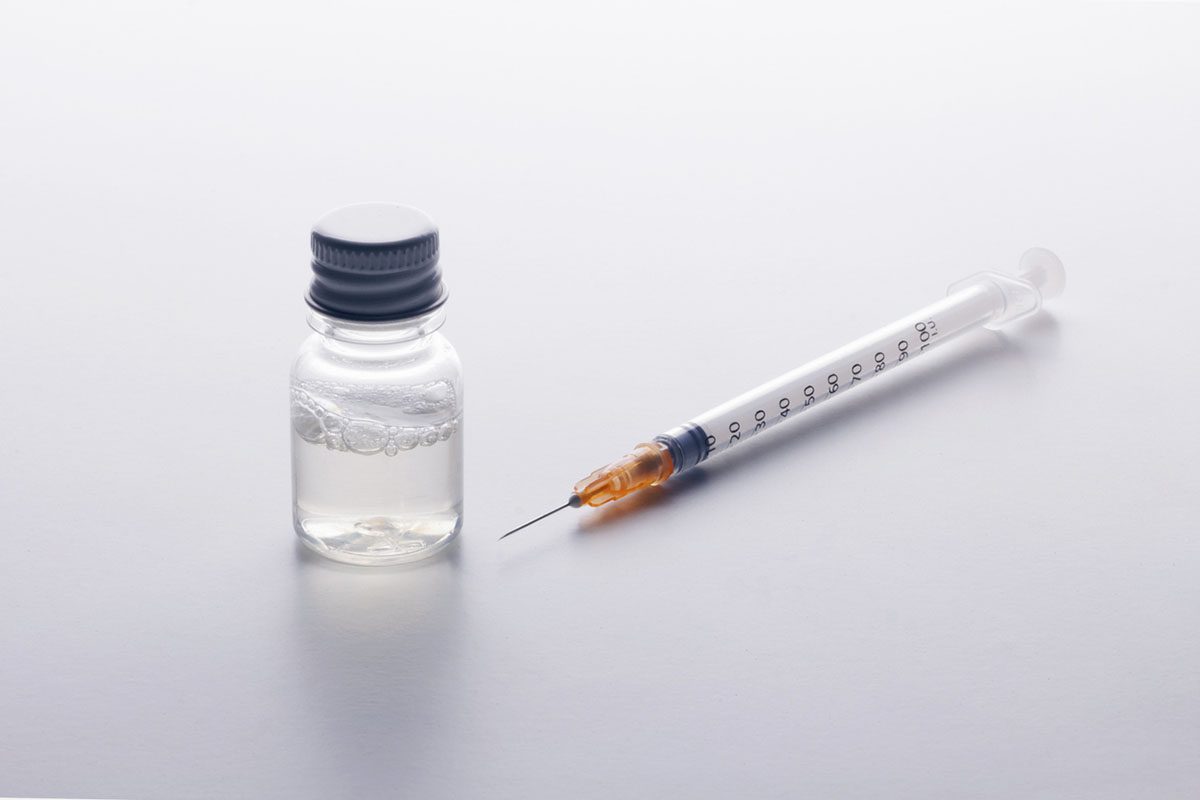Published online: February 18, 2021.
Potential conflicts of interest: None.
Funding/support: None.
Prim Care Companion CNS Disord 2021;23(1):20lr02755a
To cite: Mansuri Z, Shah B, Trivedi C, et al. Dr Mansuri and colleagues reply. Prim Care Companion CNS Disord. 2021;23(1):20lr02755a.
To share: https://doi.org/10.4088/PCC.20l02755a
© Copyright 2021 Physicians Postgraduate Press, Inc.
aDepartment of Psychiatry, Texas Tech University Health Science Center at Odessa/Permian Basin, Odessa, Texas
bDe Sousa Research Foundation, Mumbai, India
cSt David’s Healthcare, Austin, Texas
dInstitute of Psychiatry, Rawalpindi, Pakistan
eDepartment of Psychiatry, Penn State College of Medicine, Harrisburg, Pennsylvania
See letter by Kow et al and article by Mansuri et al
To the Editor: We read with great interest the letter by Kow and Hasan1 in response to our article.2 We certainly agree that there is a role of anti-inflammatory agents that target inflammatory cytokines such as interleukin-6 (IL-6) for the management of COVID-19. There is a possibility of drug-drug interaction between opioid use disorder treatment and IL-6 inhibitors such as tocilizumab and sarilumab.
Despite the interaction chances, we do not have conclusive evidence of tocilizumab and sarilumab’s drug-drug interaction with opioid use disorder treatment, and the indirect evidence quoted by them is conflicting. First, there are no specific studies, to our knowledge, that directly studied the interaction of any of the drugs used for the treatment of opioid use disorder with tocilizumab and sarilumab. Second, as they discuss, the drug-drug interactions between IL-6 inhibitors and cytochrome P450 (CYP) 3A4 substrates have been reported only with simvastatin. A systematic review by Kim et al3 on the interaction of tocilizumab and medications metabolized by CYP3A4 (simvastatin and dextromethorphan) showed highly conflicting evidence of interaction based on 3 clinical studies. According to that study,3 although tocilizumab affected simvastatin’s bioavailability, for dextromethorphan, which is also a CYP3A4 substrate, just like simvastatin, there was no change in bioavailability because of its interaction with tocilizumab.
Finally, although the concern raised by Kow and Hasan is appropriate, there is insufficient evidence to prove that tocilizumab and sarilumab interact with the drugs metabolized by CYP3A4. Because of the paucity of data, more studies are needed to understand the interaction of tocilizumab and sarilumab and drugs metabolized by CYP3A4. However, we do agree that clinicians need to be aware of this potential interaction and monitor more frequently for opioid withdrawal symptoms during and after therapy with IL-6 inhibitors and report any cases that they might encounter.
References (3)

- Kow CS, Hasan SS. Potential drug-drug interactions between interleukin-6 inhibitors and pharmacologic agents for opioid use disorder. Prim Care Companion CNS Disord. 2021;23(1):20lr02755.
- Mansuri Z, Shah B, Trivedi C, et al. Opioid use disorder treatment and potential interactions with novel COVID-19 medications: a clinical perspective. Prim Care Companion CNS Disord. 2020;22(4):20com02703. PubMed CrossRef NLM
- Kim S, Östör AJ, Nisar MK. Interleukin-6 and cytochrome-P450, reason for concern? Rheumatol Int. 2012;32(9):2601–2604. PubMed CrossRef NLM
Enjoy this premium PDF as part of your membership benefits!
Save
Cite



